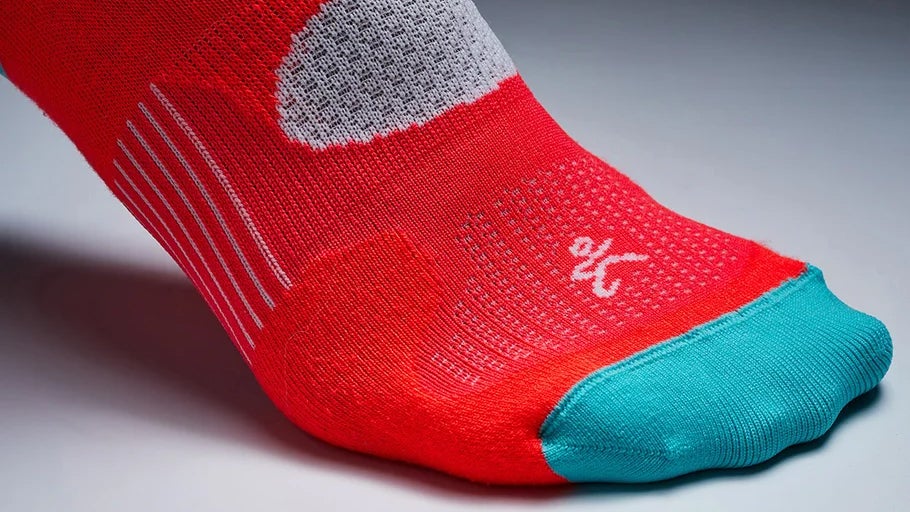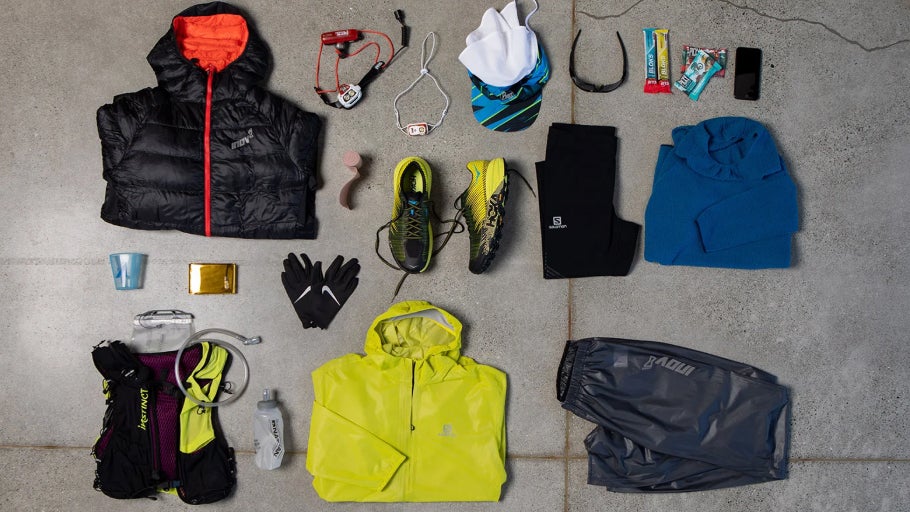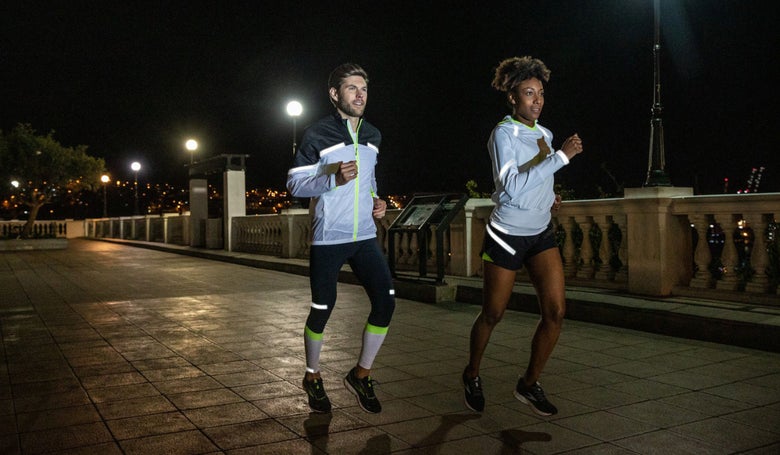
How to Stay Safe and Visible While Running at Night
Whether you’re an early-morning runner hitting the pavement before sunrise or someone who prefers evening miles under the stars, staying visible is key to running safely at these low-visibility hours. Especially when daylight hours shorten in the fall and winter, it becomes even more important to make sure you can both see and be seen. During these hours with low light, it is harder for drivers and cyclists to see you, so to keep you safe, you need to stand out like a lighthouse in a storm. With the right reflective and illuminated running gear, you can improve your visibility and confidence on every route.
Gear up with Reflective Apparel
When the sun goes down, it gets harder for you to see the path you're on and for others around you to see you. Uneven sidewalks, potholes, or debris become harder to spot, increasing your risk of tripping or injury, while drivers on the road have reduced reaction time if you fall into the road. To prevent accidents from happening, we can keep ourselves and the path visible with these essential items.
Wear Reflective Apparel
Wearing reflective apparel is a great way to stay visible during night runs! These highly visible items are designed with reflective panels to shine bright when light hits them from a car or other vehicle. Most nighttime running or walking accidents happen because drivers simply don’t see the person soon enough. Reflective gear dramatically improves reaction time for motorists. Usually, these apparel items feature 360 Degree reflectivity so you are noticeable from all angles and not just the front.
Strap on a Reflective Vest
If reflective apparel is not your thing, you can always wear a reflective vest. It is necessary to have some form of reflective gear on you, and these lightweight and minimally intrusive vests are another great option when you want to streamline your run. Often, these vests provide more reflectivity than running apparel and can offer additional storage options depending on the model you choose.
Wear a Headlamp
Gearing up with a headlamp, belt light, or clip-on light is a great way to stay visible and to see where you are going. You will be able to illuminate the road ahead, helping you spot uneven terrain, curbs, or obstacles before they can cause injury. It also makes you highly visible to drivers, cyclists, and other pedestrians from a distance. Just remember to angle your light in the right direction to avoid blinding those around you.
Stick to Well Lit Routes
When you’re running at night, visibility is everything. It’s tough to see the road ahead when your path isn’t well-lit, so choose routes with plenty of streetlights or illuminated sidewalks whenever possible. Good lighting helps you stay aware of your surroundings, spot uneven terrain, and react quickly to obstacles before they become a problem. If you’re running on the road, stick to the side under street lamps and make sure to wear reflective gear so drivers can see you clearly.
Let Someone Know Your Route
When it comes to safety, letting someone you trust know where you will be running is a great idea, especially when running at night. Letting a friend or family member know where you’ll be and when you plan to return adds an essential layer of safety and security. If something unexpected happens on your route, like an injury, a wrong turn, or your phone dying, they’ll know where to look or when to check in. Safety can be made easier since many running apps and smartwatches can share your live location, giving you and your loved ones peace of mind.
Run with a Friend
Stick to the buddy system for safer nighttime runs. Running with a friend or family member adds an extra layer of protection, as you can watch out for each other and respond quickly if something unexpected happens. A running partner also keeps you accountable, motivating each other to take the next step. With added safety and motivation, running with a buddy at night not only protects you but can strengthen your friendship along the way.
Stay Alert and Avoid Distractions
Running at night comes with unique challenges. Limited light naturally slows your reaction time, and cooler air can cause sounds to travel differently, making it harder to judge your surroundings. Minimizing distractions is essential; while headphones can be tempting, staying aware of ambient noises keeps you alert and aware of potential hazards. It may not be fun, but prioritizing sound awareness and focus helps make every run at night safer.
Carry Safety Gear
Even if you don't use it, it is a great idea to have some form of personal protection equipment. Gear like pepper spray, alarms, and other safety tools allows you to respond to emergencies quickly. Safety items should be easy to reach and use at a moment's notice, and it is important to notify emergency services immediately if the situation calls for it.
Why Night Running Isn’t Just Safe, It’s Fun Too
When life gets busy, finding time for a run can be tough, but night running offers a relaxing way to unwind after a long day. Having the right gear can keep you safe and visible, so you can enjoy every step of your nighttime workout. With proper planning and equipment, each run becomes not just a way to stay active, but a chance to recharge and make the most of your evening miles.





















